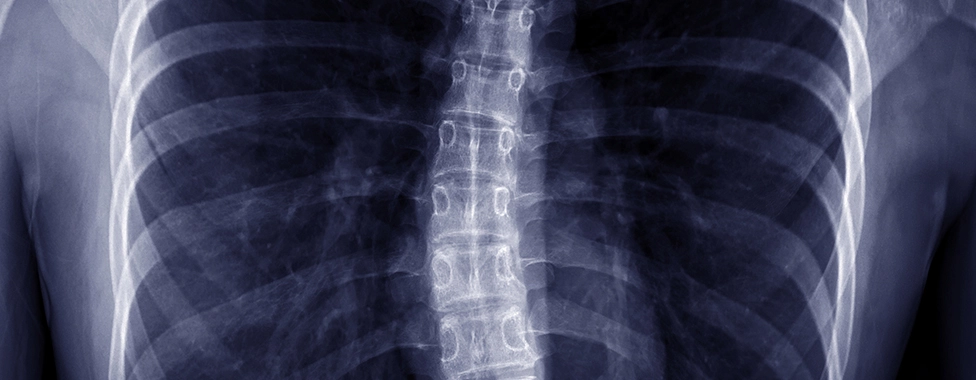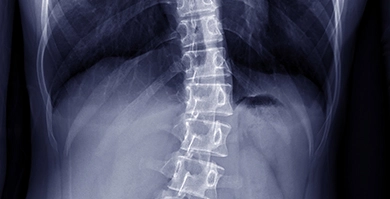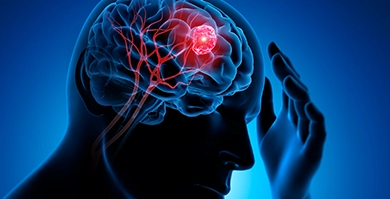Scoliosis is a sideways curvature of the spine that occurs most often during the growth spurt just before puberty. While scoliosis can be caused by conditions such as cerebral palsy and muscular dystrophy, the cause of most scoliosis is unknown. About 3% of adolescents have scoliosis. Most cases of scoliosis are mild, but some spine…
Continue reading Scoliosis
Sciatica refers to back pain caused by a problem with the sciatic nerve. This is a large nerve that runs from the lower back down the back of each leg. When something injures or puts pressure on the sciatic nerve, it can cause pain in the lower back that spreads to the hip, buttocks, and…
Continue reading Sciatica
The bones (vertebrae) that form the spine in the back are cushioned by discs. These discs are round, like small pillows, with a tough, outer layer (annulus) that surrounds the nucleus. Located between each of the vertebra in the spinal column, discs act as shock absorbers for the spinal bones. A herniated disc (also called…
Continue reading Herniated Disc
Carpal tunnel syndrome, also called median nerve compression, is a condition that causes numbness, tingling, or weakness in your hand. Carpal tunnel syndrome is a condition that causes numbness, tingling and other symptoms in the hand and arm. Carpal tunnel syndrome is caused by a compressed nerve in the carpal tunnel, a narrow passageway on…
Continue reading Carpal Tunnel Syndrome
A brain tumor is a collection, or mass, of abnormal cells in your brain. Your skull, which encloses your brain, is very rigid. Any growth inside such a restricted space can cause problems. Brain tumors can be cancerous (malignant) or noncancerous (benign). When benign or malignant tumors grow, they can cause the pressure inside your…
Continue reading Brain Tumor
A concussion is a type of brain injury that can occur when a person experiences a blow or jolt to the head. This impact can disrupt normal brain function and lead to a range of symptoms, such as confusion, dizziness, headache, and difficulty concentrating. Concussions are commonly associated with sports and accidents, and it’s important…
Continue reading Concussion
Headaches are common discomforts characterized by pain in the head or upper neck area. They can range from mild to severe and may be caused by various factors such as stress, tension, dehydration, or underlying health conditions. Headaches can affect daily activities and mood, making it important to find ways to manage and prevent them.…
Continue reading Headaches
A pinched nerve occurs when a nerve is compressed or irritated by surrounding tissues, like bones, muscles, or tendons. This pressure can lead to discomfort, numbness, or tingling sensations in the affected area, which might be the neck, back, or elsewhere in the body. Pinched nerves can result from factors like poor posture, repetitive movements,…
Continue reading Pinched Nerve
Facial pain refers to any discomfort or ache felt in the face, such as around the eyes, jaw, or cheeks. It can vary from mild to severe and might be caused by factors like sinus problems, dental issues, or nerve conditions. Facial pain can disrupt daily routines and affect eating, speaking, or even just resting…
Continue reading Facial Pain
Neck pain is discomfort or soreness in the area between the shoulders and head. It can stem from issues like muscle strain, poor posture, or injury, and may lead to stiffness and limited movement. Neck pain can impact everyday activities like turning your head or looking down. Finding ways to manage and prevent neck pain…
Continue reading Neck Pain 















